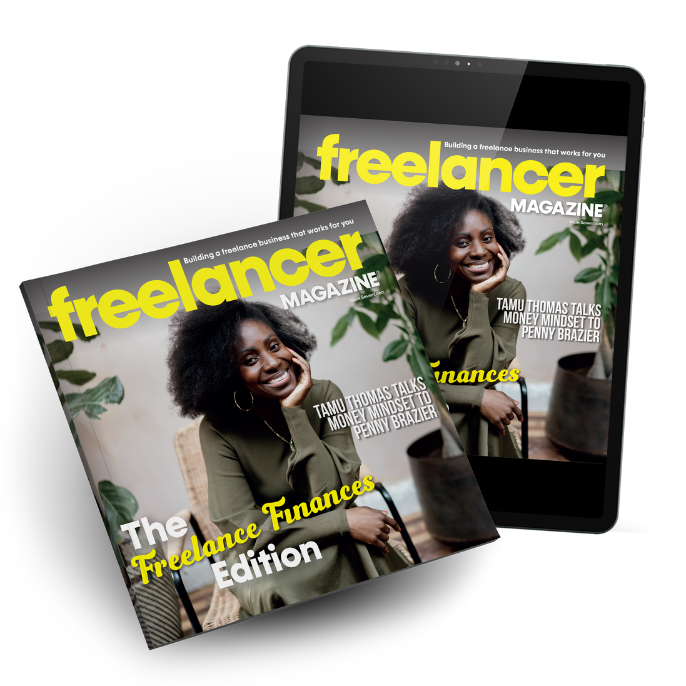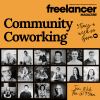My name’s Tom Hirst, and I’m a web developer and creator. Programming, business and marketing are my interests.
11 years.
Pricing has always fascinated me, so I studied the topic out of interest. I tested anything that I found to help get me ahead in my freelance career.
Understanding value. The concept of pricing for the value you provide instead of the hours you spend doing something takes a little getting used to.
“Look at the value you’re providing a project more than the time you’re spending.”
I’ve always been asked about freelancing by friends, so I thought perhaps I could help people on a broader scale. I’m a big proponent of multi-revenue streams, and the products provide me with that alongside my project work. It’s something I’ve wanted to try for a while, and the pandemic was the catalyst.
I’m taking it as it comes. This month, for instance, I’m focusing on a new course about personal websites, with only a little service work.
However, in November last year, I only did service work day-to-day and my books sold in the background. This is the advantage of products; they continue to benefit you post-creation.
If product revenue starts to overtake service revenue, I’ll have a decision to make; products are more scalable than bespoke services.
The idea behind the programme is to give independent workers a second brain for any tough decisions they have to make or scenarios they come across. It’s delivered over email, and we also have a communal Slack channel. We’ve seen some great progress and successes along the way.







